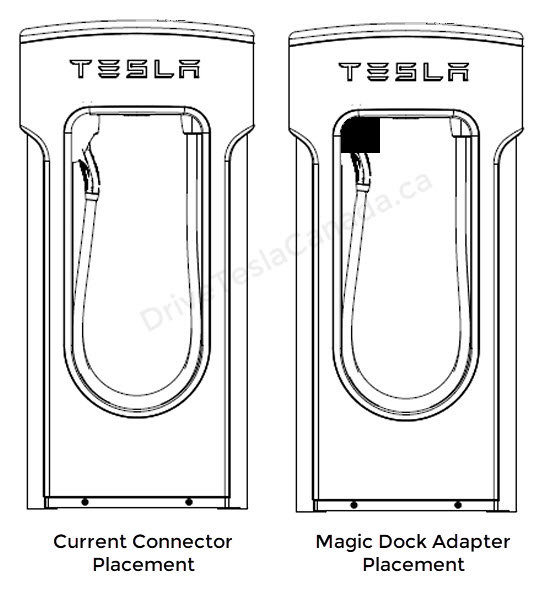Details are still sparse. The tweet referenced by
@Tam doesn't seem to provide any new details, as far as I can see, except a somewhat clearer image of the mounting point. AFAIK, the most detailed publicly-accessible description is still from a six-month-old
article by Drive Tesla Canada, which states:
As I read it, this means that CCS1-equipped stalls will have one cable and a NACS-to-CCS1 adapter that's keyed in some way (mechanically and/or electronically) so that it must remain attached to the cable or the pedestal (or both) at all times, so as to prevent theft. (I'm inferring the keying part, because if it
weren't keyed, theft of the adapter by vandals would be rampant.) In practice, it would be a bit like the Tesla plugs that EVgo has already deployed, that use a modified version of Tesla's CHAdeMO adapter, but in reverse and providing a CCS1 plug for non-Teslas. That's a pretty elegant and cost-effective solution, compared to a pedestal that has two expensive cables hanging off it.
Do you have a source for this claim? To be sure, the reporting on the Magic Dock is quite thin and poorly-sourced, so I take it with a grain of salt. I could easily believe that Tesla would deploy Supercharger sites with a combination of NACS-only and CCS1-only stalls, but what little reporting there is suggests otherwise. (I realize that Tesla has deployed a few sites like this already, but that was 1+ years ago, and used third-party equipment for CCS1 support. The V4 and Magic Dock stuff is entirely different.)



